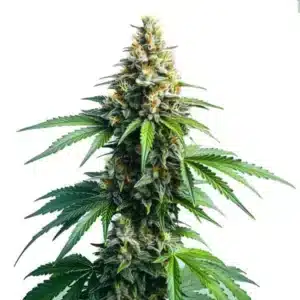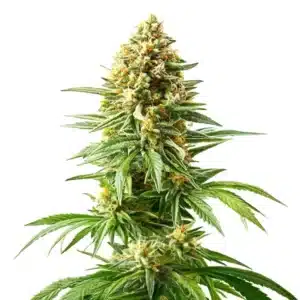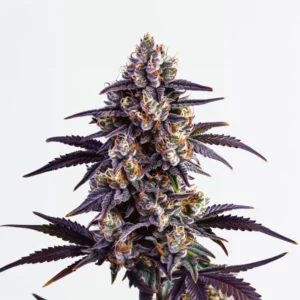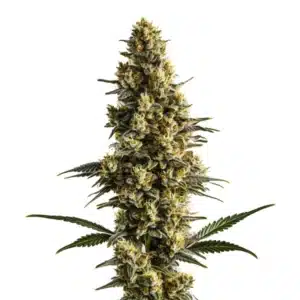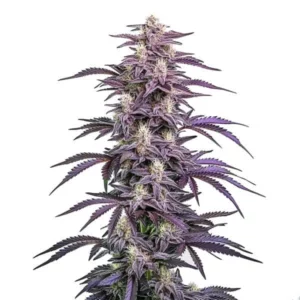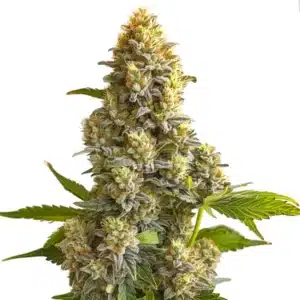
Essential Nutrients for Outdoor Cannabis Cultivation
Growing cannabis outdoors can be a fulfilling venture. With the right nutrients, you can cultivate healthy plants that thrive and yield high-quality buds. Knowledge of essential nutrients not only boosts plant growth but also enhances the overall quality of your cannabis. Let’s delve into the key nutrients that outdoor cannabis growers should keep in mind.
Nitrogen (N)
Nitrogen is a fundamental nutrient that every cannabis plant needs. It is crucial for the development of lush leaves and sturdy stems. When cultivating outdoors, providing your plants with sufficient nitrogen leads to vibrant green foliage, which is critical for optimal photosynthesis and overall health.
Recommended Strains
Afghan Kush
|
|
THC | 16% - 21% (Medium) |
|
|
Type | Feminized |
|
|
Yield | Medium |
|
|
Phenotype | 90% Indica / 10% Sativa |
Afghan Kush x Blueberry
|
|
THC | 18% - 20% (Medium) |
|
|
Type | Feminized |
|
|
Yield | Low |
|
|
Phenotype | 70% Indica / 30% Sativa |
During the vegetative phase, cannabis plants need more nitrogen to support vigorous growth and strong structural development. It’s fascinating to watch your plants flourish with bright green leaves, signaling that they are well-nourished. However, be cautious, as excessive nitrogen can lead to overdevelopment and nutrient imbalances, potentially harming your plants.
Sources of Nitrogen
- Composted manure
- Blood meal
- Fish emulsion
Each source of nitrogen varies in its release rate. For example, blood meal delivers quick nitrogen, while composted manure offers a gradual release, improving soil health over time. Carefully assess your plants’ needs to strike the right balance tailored to their growth phase.
Moreover, it’s important to observe your plants and adjust the nitrogen source based on their appearance. For instance, if you notice leaves turning yellow, it might indicate a nitrogen deficiency that requires quick action. Always keep in mind that a little adjustment can go a long way!
Promos & Deals
Phosphorus (P)
Another critical nutrient for cannabis is phosphorus, especially during the flowering phase. This nutrient supports robust root development and encourages the formation of dense flowers. Without adequate phosphorus, your plants might experience slow growth and underdeveloped buds, which could ultimately affect the yield.
When growing outdoors, the availability of phosphorus can be influenced by soil quality and temperature fluctuations. Performing a soil test can provide valuable insights into the levels of phosphorus accessible to your plants. If the natural phosphorus levels are low, supplementing with phosphorus-rich fertilizers can significantly enhance flower production.
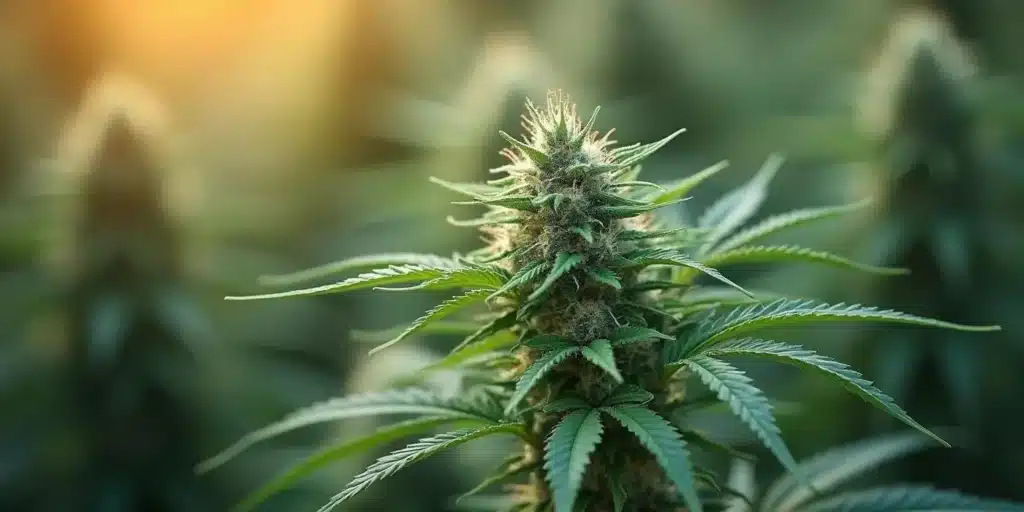
Sources of Phosphorus
- Bone meal
- Rock phosphate
- Fish bone meal
Bone meal is particularly popular among growers for its slow nutrient release, offering a long-term supply of phosphorus. By integrating these phosphorus sources into your gardening strategy, you can promote vigorous flowering and larger buds that you’re sure to appreciate come harvest time.
Additionally, understanding your soil composition can greatly impact how you approach phosphorus supplementation. If your soil lacks beneficial microorganisms, consider amending it with compost to enhance overall nutrient availability, ensuring your plants have access to everything they need.
Potassium (K)
Potassium is vital for the overall health of cannabis plants. This nutrient aids in water retention, enhances drought tolerance, and improves nutrient transport throughout the plant. Providing your plants with adequate potassium levels helps them better endure environmental stresses, especially during hot, sunny days.
Outdoor cannabis generally benefits from potassium throughout its growth cycle, particularly during both the vegetative and flowering stages. When potassium levels are sufficient, plants develop stronger stalks, which is essential for supporting their heavy blooms later in the growing season. Conversely, signs of potassium deficiency may appear as yellowing leaf tips, indicating that your plants are craving more of this important nutrient.
Sources of Potassium
- Wood ashes
- Potassium sulfate
- Greensand
Wood ashes contribute not only potassium but also help adjust soil pH, creating a healthy growth environment. Incorporating these natural sources into your cultivation routine can promote balanced nutrient levels, ultimately leading to delicious harvests.
Keep in mind that different stages may require slight variations in your potassium sources. Early in the growth stage, quick-release sources may be more beneficial, while later in flowering, slower-release options could provide steady nutrient availability.
Calcium (Ca)
Calcium plays a crucial role in maintaining strong cellular structures in cannabis plants. It supports the development of roots and stems and facilitates efficient nutrient absorption. Given the various stressors that outdoor plants face, sufficient calcium levels help fortify them against potential diseases and pests.
In outdoor environments, calcium availability can decrease, particularly in acidic soils, which can hinder plant development. Regular soil monitoring and pH adjustments can significantly improve nutrient absorption, including calcium, while promoting optimal growth conditions.
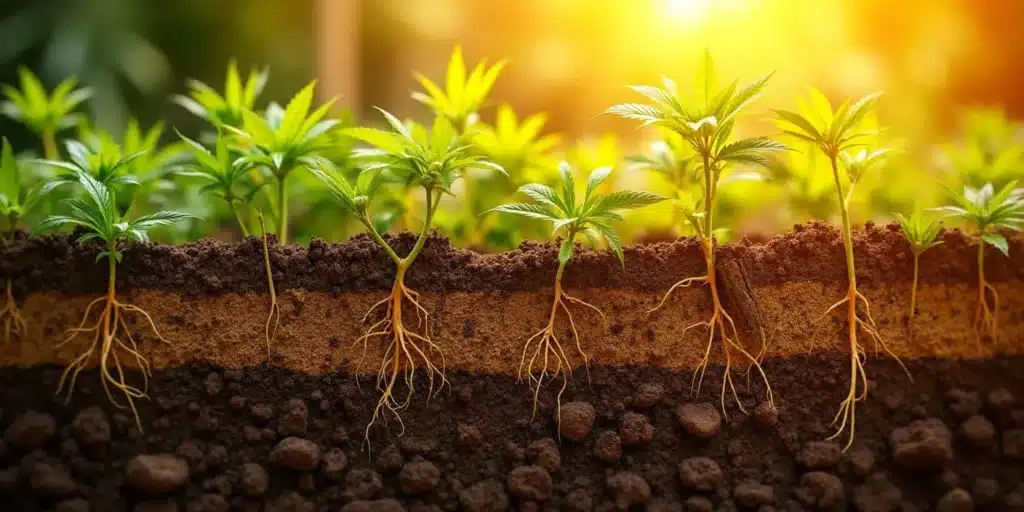
Sources of Calcium
- Gypsum
- Calcium carbonate
- Crushed eggshells
Gypsum is especially beneficial because it provides calcium without altering soil pH. Effectively utilizing these calcium sources can cultivate a fertile environment that encourages healthy and productive cannabis growth.
Additionally, incorporating crushed eggshells into your soil can be an eco-friendly way to supply calcium. It’s a great way to recycle kitchen waste while enhancing your garden’s health—talk about a win-win situation!
Magnesium (Mg)
Magnesium is another vital nutrient that plays an essential role in photosynthesis, aiding cannabis plants in converting sunlight into energy. Additionally, it is critical for the formation of chlorophyll, the pigment that gives leaves their vibrant green color. Without enough magnesium, cannabis may exhibit yellowing between leaf veins, a classic sign of deficiency.
As your plants progress through their growth stages, magnesium needs may fluctuate. During flowering, ensuring a sufficient supply of magnesium can lead to healthier plants and greater floral yields. Environmental factors such as heavy rainfall can also affect magnesium levels, potentially leaching it from the soil.
Sources of Magnesium
- Epsom salt
- Dolomite lime
- Seaweed extracts
Epsom salt is a quick and effective method for adding magnesium to your plants. Diluting it in water and applying it as a foliar spray is especially beneficial during flowering, allowing for rapid absorption and invigorated plant health.
Moreover, implementing natural sources like dolomite lime can equally improve soil acidity while contributing calcium and magnesium concurrently. This holistic approach to nutrition not only benefits your plants but also enhances soil quality in the long run.
Sulfur (S)
Sulfur is a vital, yet often overlooked, nutrient that aids in the development of proteins and enzymes. It enhances the overall health and flavor profile of cannabis plants. When sulfur is insufficient, plants may display symptoms akin to nitrogen deficiency, such as yellowing leaves.
Outdoor growing conditions heavily influence sulfur availability. For instance, if you’re cultivating in sandy soil, you might need to supplement sulfur to ensure your plants receive adequate amounts. Organic sources can significantly enrich the soil while supporting a thriving microbial environment that aids nutrient uptake.

Sources of Sulfur
- Elemental sulfur
- Potassium sulfate
- Compost
Incorporating elemental sulfur can assist in adjusting soil pH while supplying essential nutrients. Using compost to provide sulfur enriches the soil’s quality and structure, promoting healthier plants over time.
As you cultivate your plants, remember that sulfur indirectly benefits flavor profile development, which can be incredibly rewarding during harvest. Tasting the difference can be quite an enjoyable experience for you and consumers alike!
Micronutrients
While macronutrients like nitrogen, phosphorus, and potassium often steal the spotlight, we must not forget the vital role of micronutrients. Elements like iron, manganese, zinc, copper, boron, and molybdenum are crucial for various plant processes, including photosynthesis, enzyme function, and nutrient transport.
In outdoor settings, the availability of micronutrients can sometimes go unmet due to factors like poor soil quality or harsh environmental conditions. It is essential to keep an eye on your plants for any signs of deficiency, such as chlorosis (yellowing leaves), especially in younger foliage, which often indicates iron deficiency.
Sources of Micronutrients
- Chelated minerals
- Organic compost
- Micronutrient mixes
Utilizing chelated minerals within your nutrient mix can significantly enhance absorption, especially in high pH soils where nutrient uptake may be limited. Furthermore, organic compost can offer a broad spectrum of micronutrients while improving overall soil health—an investment in the longevity of your garden!
As you approach the task of monitoring micronutrient levels, remember that healthy soil equates to thriving plants. Cultivating rich soil provides the foundation for your cannabis, ensuring your plants not only survive but thrive in their outdoor environment.
Strains Suitable for Outdoor Cultivation
When it comes to outdoor growing, choosing the right strain can enhance your cultivation experience and increase the chances of successful outcomes. Certain strains are known for thriving in outdoor environments, offering robust flavors and impressive effects. Here are three strains that have gained popularity among outdoor growers:
- White Widow: This hybrid strain is celebrated for its resilience and adaptability across various climates, making it an excellent choice for outdoor cultivation.
- Super Skunk: Known for producing generous yields and a strong aroma, this classic strain thrives in outdoor settings and is perfect for beginners.
- Super Silver Haze: Famous for its uplifting effects and vigorous growth, this strain flourishes when nurtured outdoors, providing rewarding harvests.
These selections have earned their stripes, proving successful for many growers who appreciate their hardiness and impressive results. Choosing the right strains that fit your local environment can make all the difference in your cultivation experience and yield outcomes.
Frequently Asked Questions
What is the best nutrient mix for outdoor cannabis plants?
The best nutrient mix often depends on what stage your plants are in. Typically, a balanced mix with higher nitrogen levels during the vegetative phase and increased phosphorus and potassium during flowering works favorably. Assessing your soil’s specific needs first is ideal to ensure tailored adjustments.
How can I tell if my plants are lacking nutrients?
Signs of nutrient deficiencies can vary widely. Look for yellowing leaves, which often signals nitrogen or magnesium deficiencies. Browning leaf tips may indicate potassium deficiencies, while poor flowering often points to a lack of phosphorus. Regularly monitoring your plants will help catch issues early on.
Should I use organic or synthetic nutrients?
Your choice between organic and synthetic nutrients ultimately depends on personal preferences and cultivation goals. Organic nutrients tend to promote soil health and enhance microbial life, resulting in healthier plants. Synthetic options, on the other hand, might provide quicker results. You may even find that a hybrid approach yields the best of both worlds.
How often should I feed my outdoor cannabis plants?
Feeding frequency varies based on the fertility of your soil and your plants’ growth stage. Generally, a routine of feeding every two weeks during the vegetative phase and weekly during flowering is recommended. Always monitor your plants’ responses and adjust accordingly for optimal results.
What are the best growing conditions for outdoor cannabis?
Outdoor cannabis thrives best in well-draining soil with ample sunlight. Aim for temperatures ranging from 70°F to 85°F (21°C – 29°C). Shielding your plants from intense winds and ensuring a consistent water supply are also critical to ensure healthy growth and the well-being of your plants.


